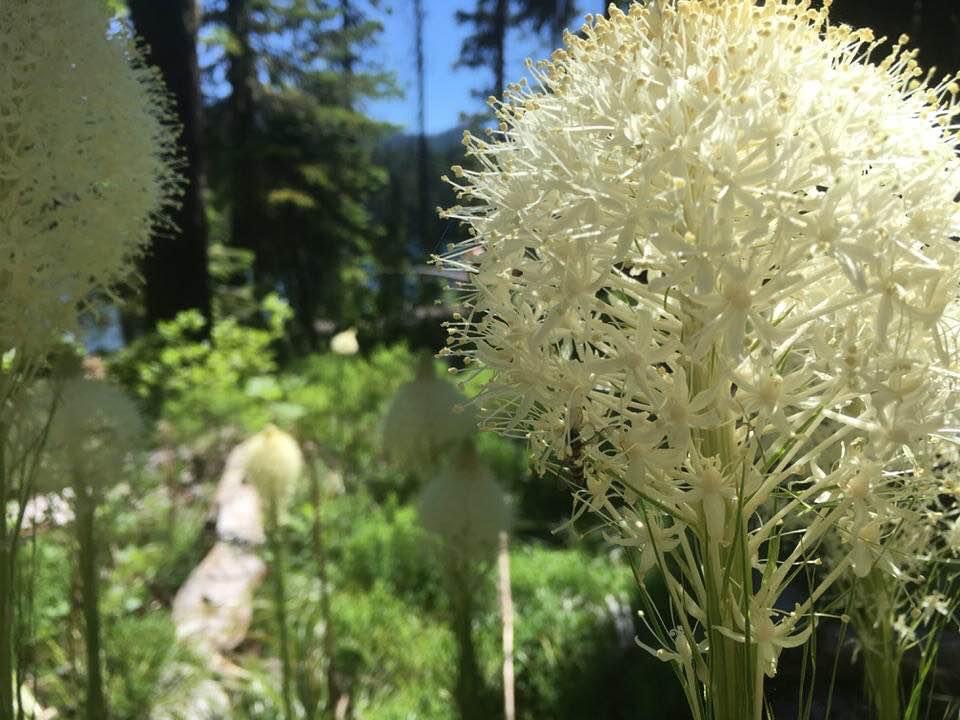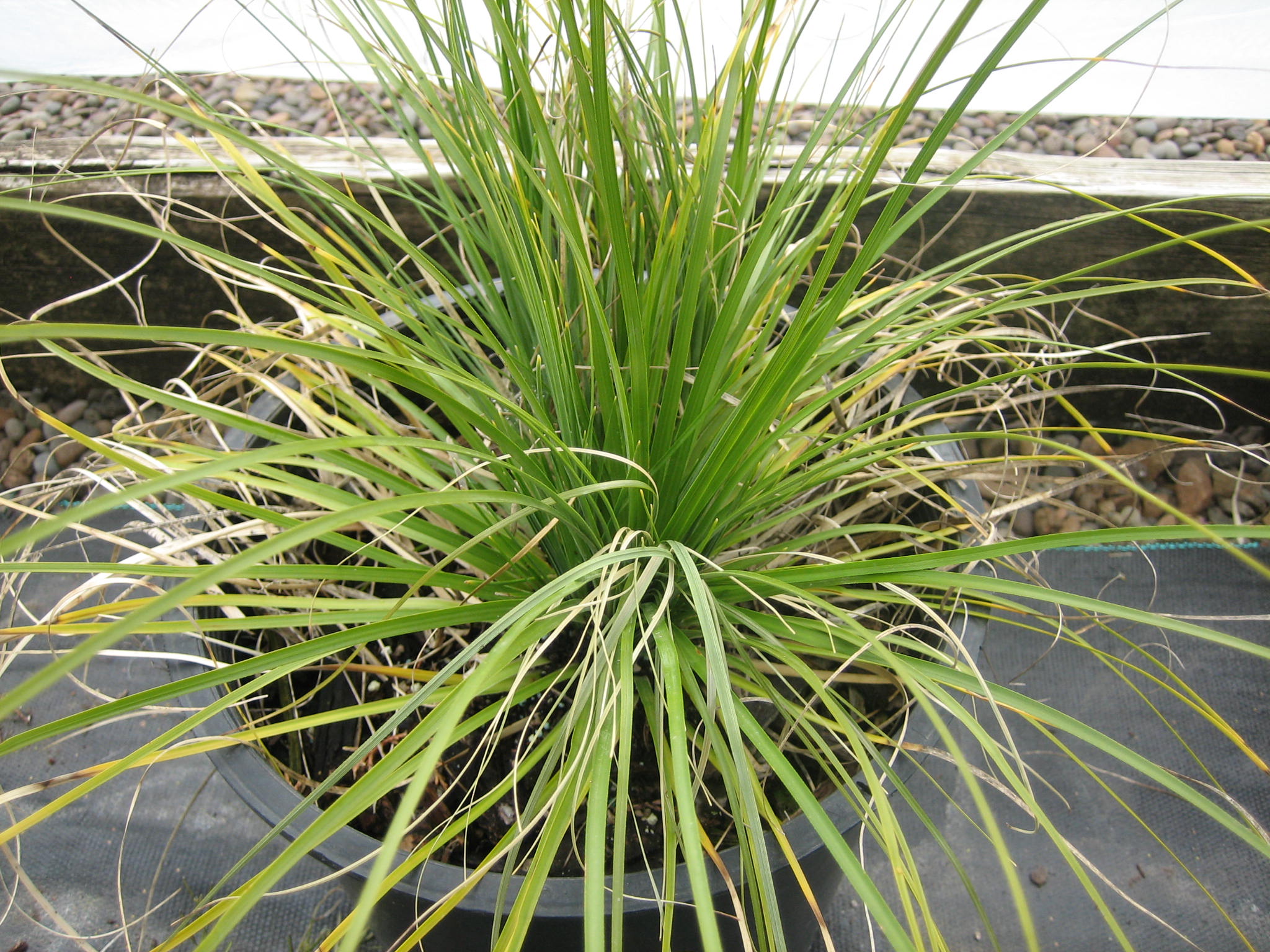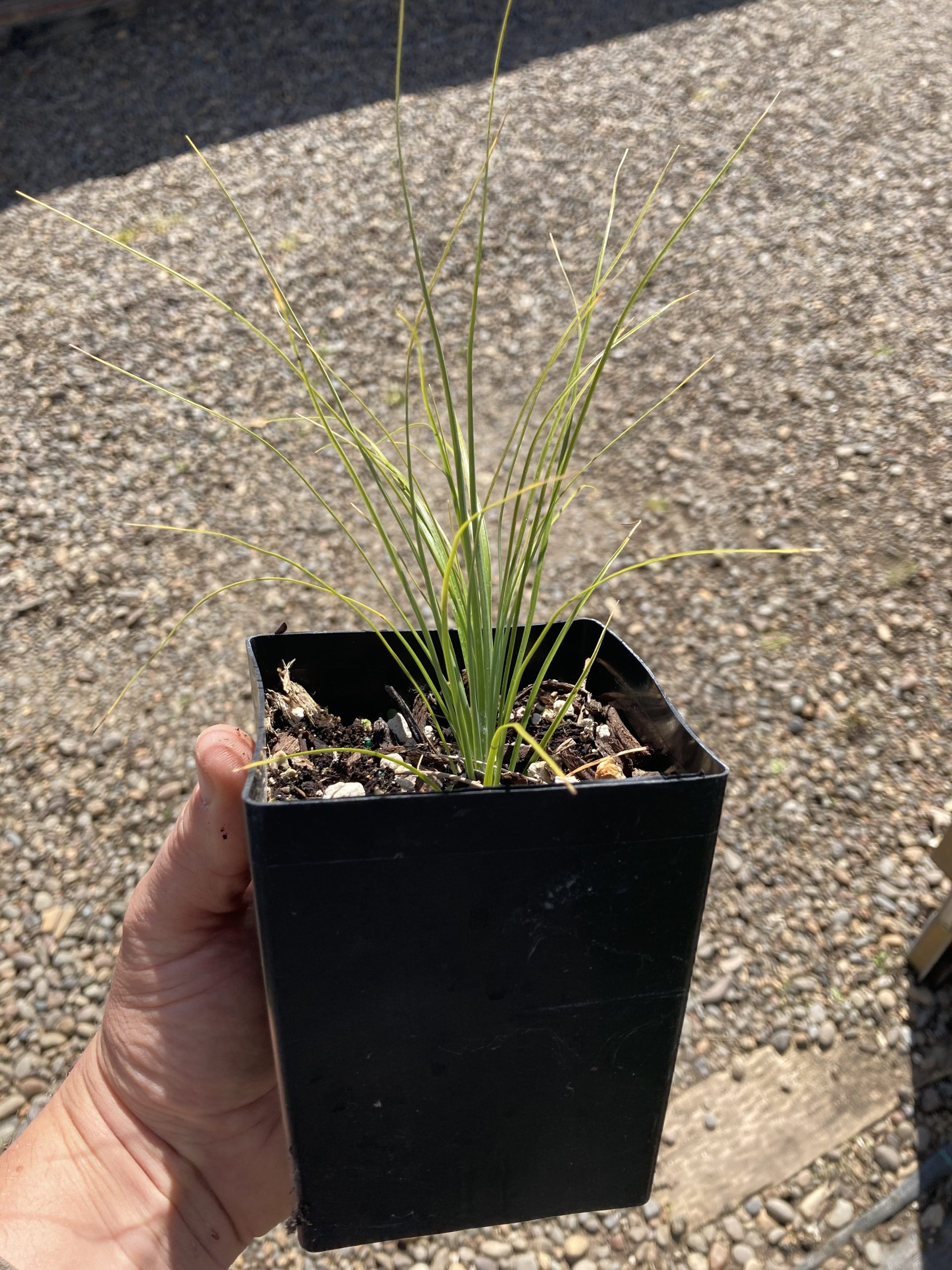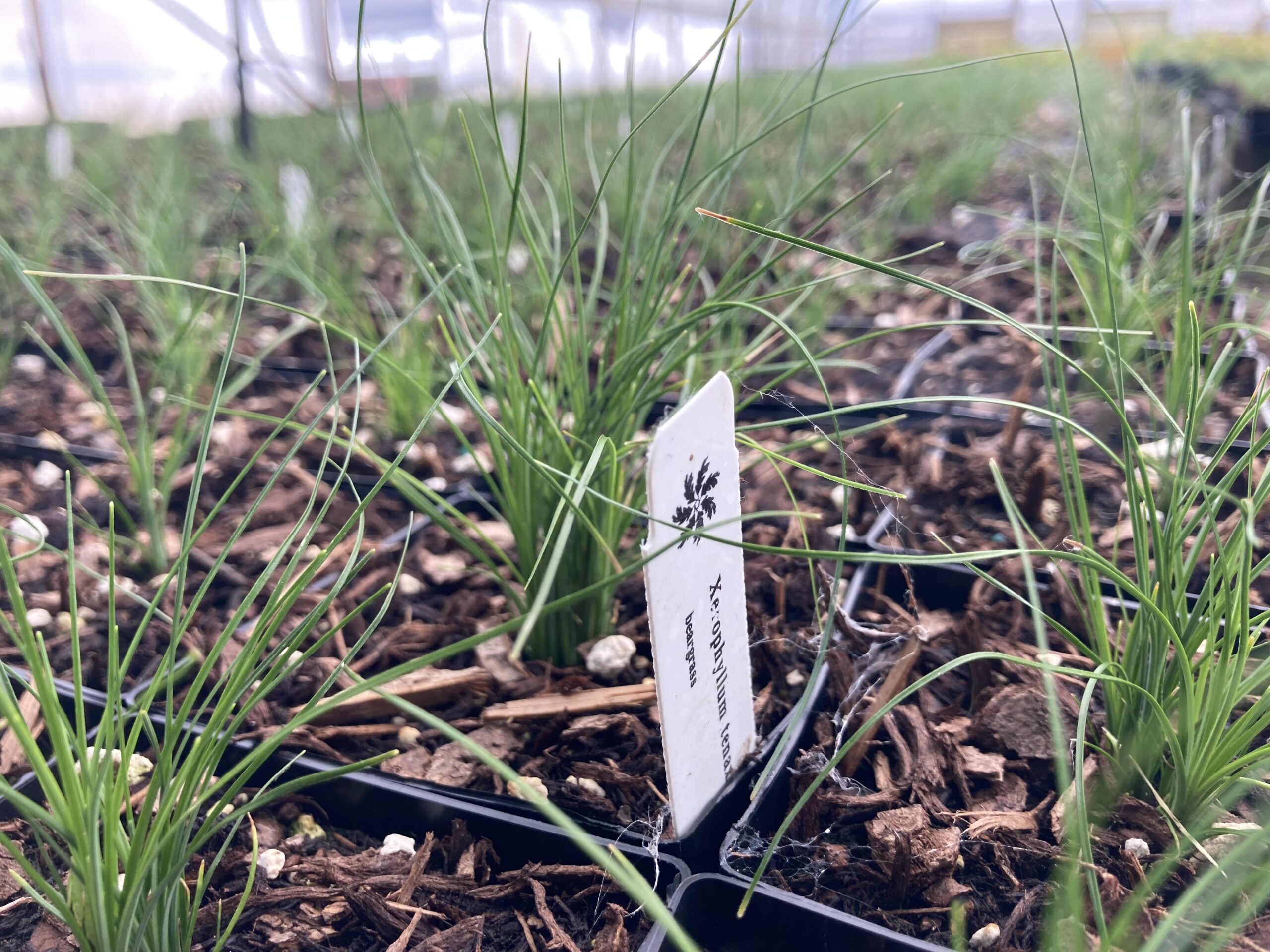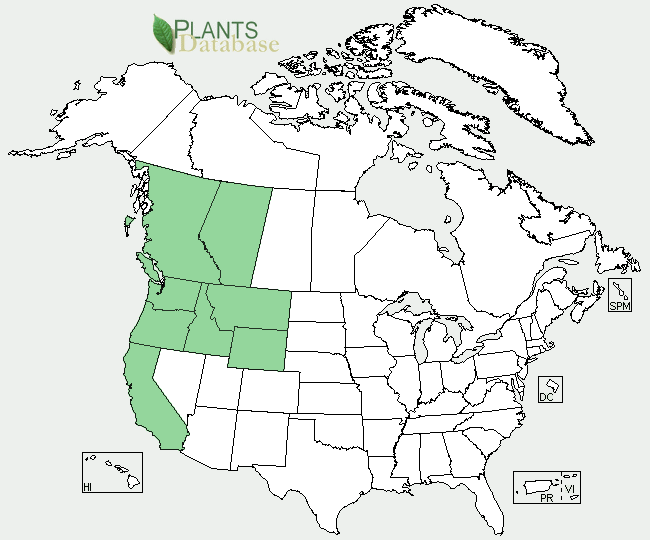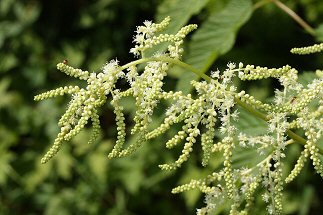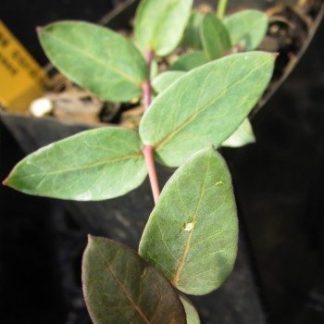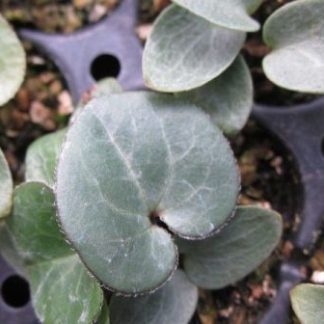Xerophyllum tenax
beargrass
Habit: This perennial grows up to 5 feet tall from a short, thick rhizome and has beautiful evergreen foliage, remotely resembling a tiered water fountain. Long, silver-green leaves with a hairy surface and sharp edges are densely clumped at the base of the plant. Similar, yet shorter leaves grow upright along the stem. Every 5 to 10 years, the plant blooms, bringing even more interest to its figure. Tall flowering stalks are topped with multiple tiny cream or white blossoms, which are combined into a large, showy flower head. The shape of the flower arrangement varies, from conical to inverted teardrops, to other times long and cylindrical, like cotton candy sticks. The fragrance of the blossoms is also a special treat, attracting pollinators and passer-byes with a sweet smell.
Ecology: abundant in certain locations such as open woods, meadows and clearings at mid and high elevations, from southern British Columbia to northern California and from the Coastal Range, and east into Idaho and Wyoming.
Growing conditions: grows in full sun, partial shade or dappled light. It prefers moist, well-drained soils rich with clay or peat moss. The unique shape makes a great focal piece for a rock garden or wildflower meadow. Beargrass is quite low maintenance, but due to its difficulty to set flowers, it should be left undisturbed in the garden.
The popular belief that bears enjoy eating the basal leaves of this species originated its common name “beargrass”. Additionally, Xerophyllun tenax is known as “indian basket-grass” because the Ktunaxa weaved its tough basal leaves into ornamental baskets. The Ktunaxa also traded the leaves with other Native American tribes, which used them for the same purpose.
Specs
Herbaceous Perennial
3-6 feet (0.9-1.8 m)
3-6 feet (0.9-1.8 m)
3b to 9a

